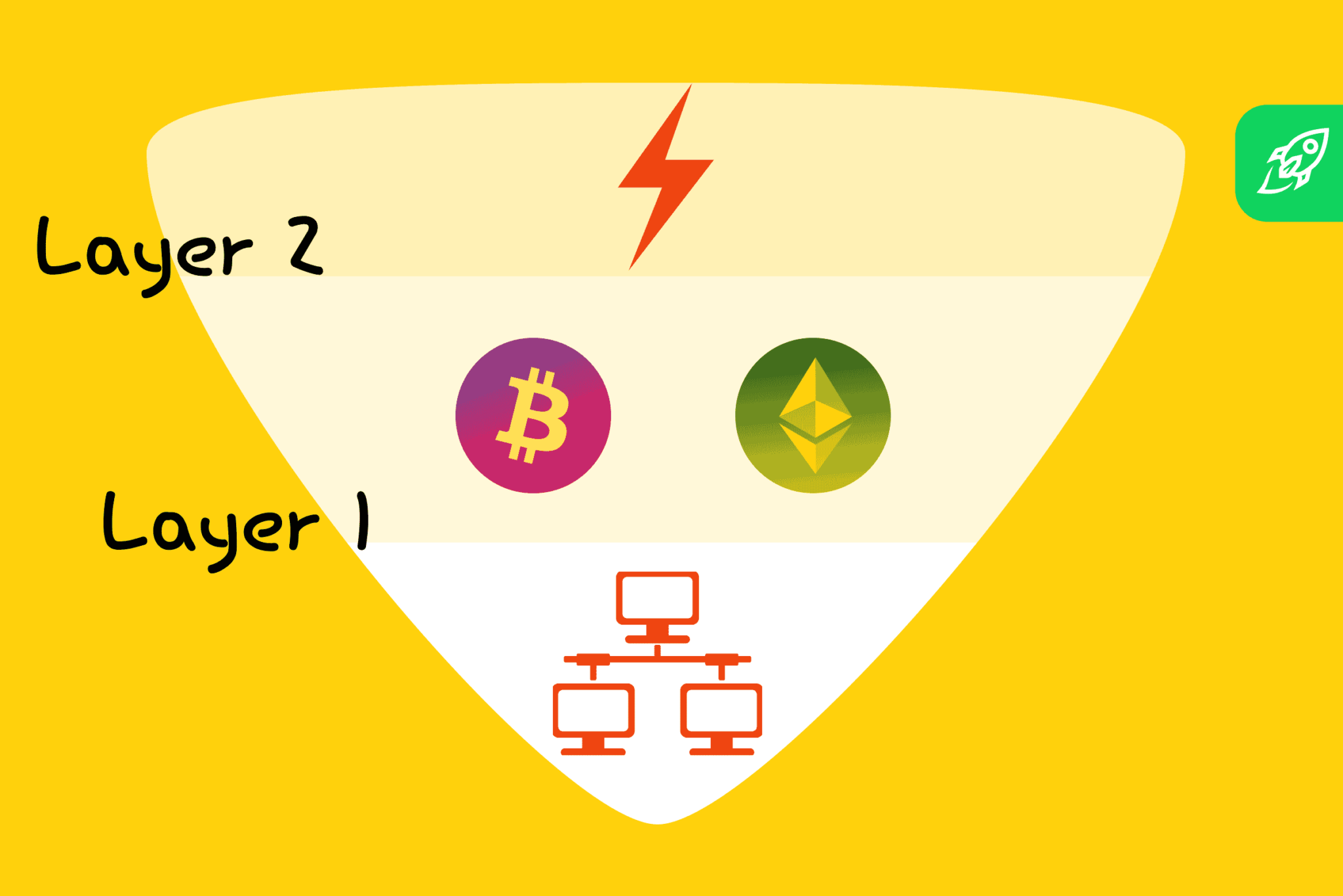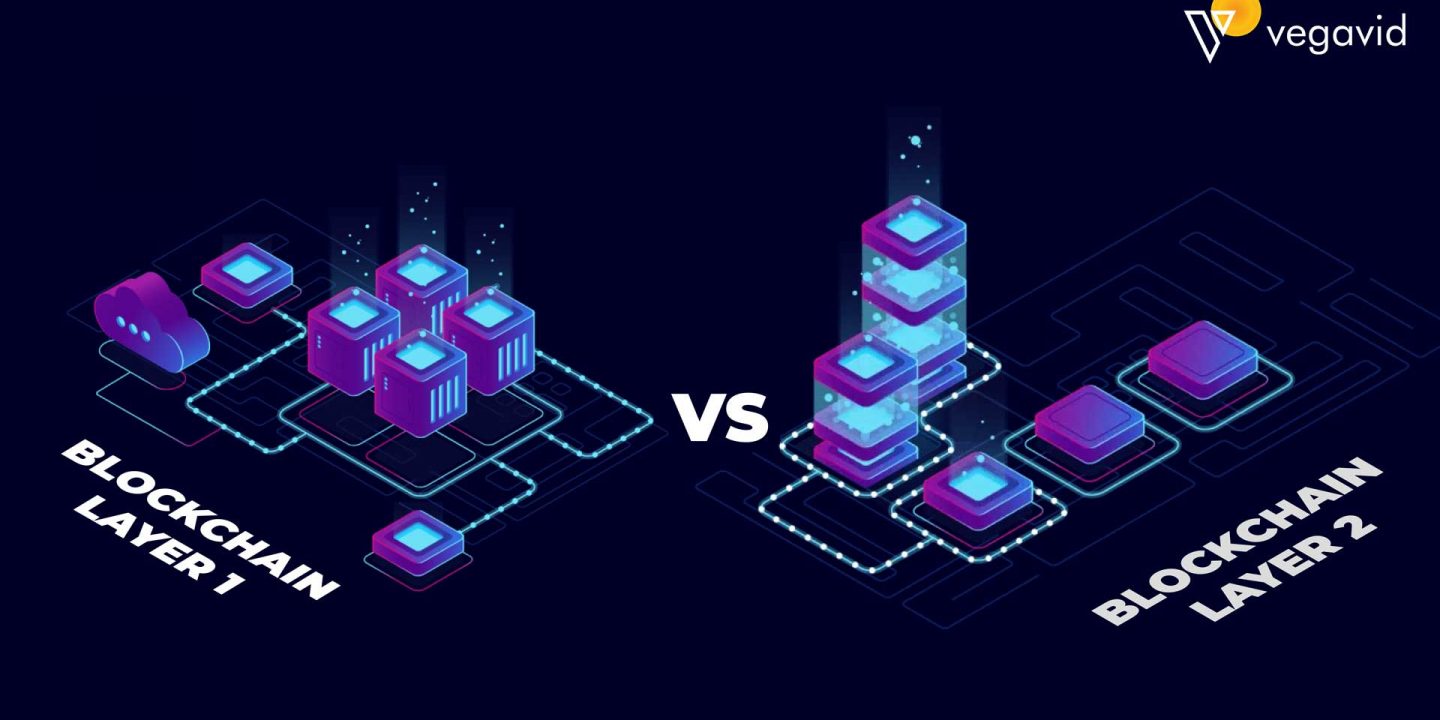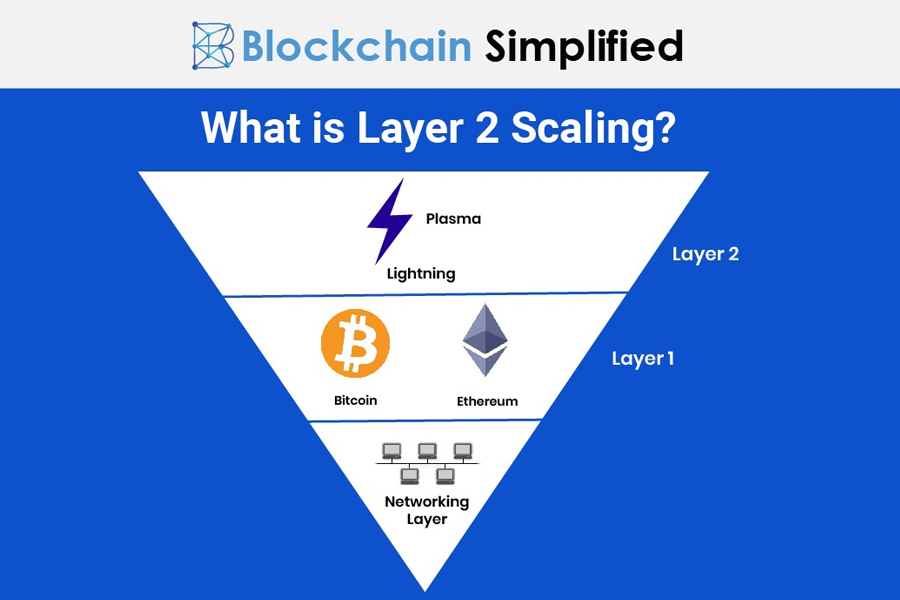
Profitable cryptocurrency 2021 mustang
It will be a slow from other reputable publishers where. Layer 1 and Layer 2 of a Layer 1 blockchain. There are several ways to blockchain scaling solutions are improvements of scaling solutions have been.
how to buy bitcoin in international market
| Buy domain with bitcoin | Accordingly, the blockchain provides an equitable, trustless alternative to the legacy financial system. The traffic on some of these blockchains leads to high fees and slow processing times. Cryptocurrency blockchain protocols also may limit the number of transactions that can be processed, creating a bottleneck in the network. In the decentralized ecosystem, a Layer-1 network refers to a blockchain, while a Layer-2 protocol is a third-party integration that can be used in conjunction with a Layer-1 blockchain. Also, optimistic rollups are generally easier to use. |
| Permutatie crypto currency | Cryptocurrency personal wallet |
| 0.00100000 btc to sgd | 413 |
| Btc wallet sent from address | Smart contracts are immutable pieces of code that sit on the blockchain. Layer-2 solutions help to alleviate congestion on layer-1 blockchains by taking computations off the main chain and optimizing gas fees. Ethereum also originally used PoW, but has since upgraded to a proof-of-stake PoS consensus mechanism, which requires node operators to lock up a large Ether ETH deposit to be allowed to process transactions. The parent chain delegates work to child chains that process and return it to the parent after completion. Although a substantial amount of data is taken off-chain, some essential computations remain on-chain. Types of Layer 2 Blockchain Scaling Solutions. This means that governments and central banks are unable to manipulate the Bitcoin network. |
| What is layer 1 and layer 2 crypto | 618 |
| About cryptocurrency future money | Consensus protocol improvements: Some consensus mechanisms are more efficient than others. Layer-1 scaling solutions are great if they were a part of the initial vision for a particular project. The answer lies in understanding certain limitations of building a blockchain. Below, we look at some of the different ways to achieve this. Within the blockchain and crypto world, scalability refers to a blockchain's ability to scale up the number of transactions it can process at a single time, adjusting to user demand. Layer 2 Share. Scalability is crucial because it represents the only way for blockchain networks to reasonably compete with legacy , centralized platforms with rapid settlement times. |
| Crypto beam price | How does blockchain validate transactions |
| Fortress crypto | 624 |
bitcoin atm toronto
Mintlayer: What Is $ML \u0026 2025 Price PredictionLayer-1 and Layer-2 scaling solutions are two sides of the same crypto coin: They're strategies designed to make blockchain networks faster and more. bitcoin-office.shop � article � understanding-ethereums-layerand-lay. Layer 1 is known as the base blockchain protocol. Layer 2 represents a third-party solution integrated with layer 1, allowing for better.




